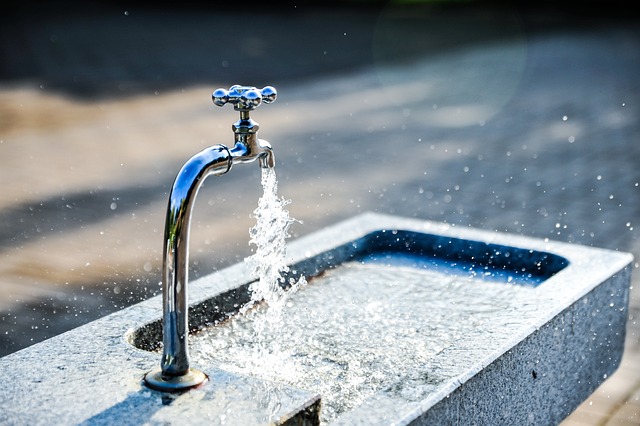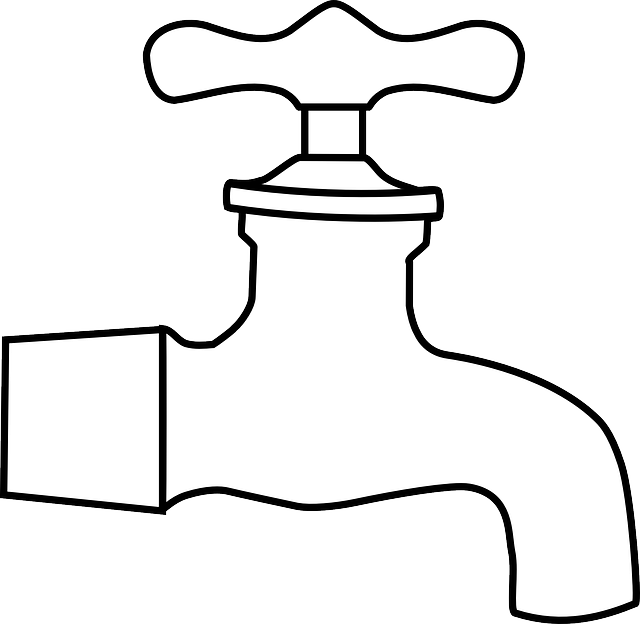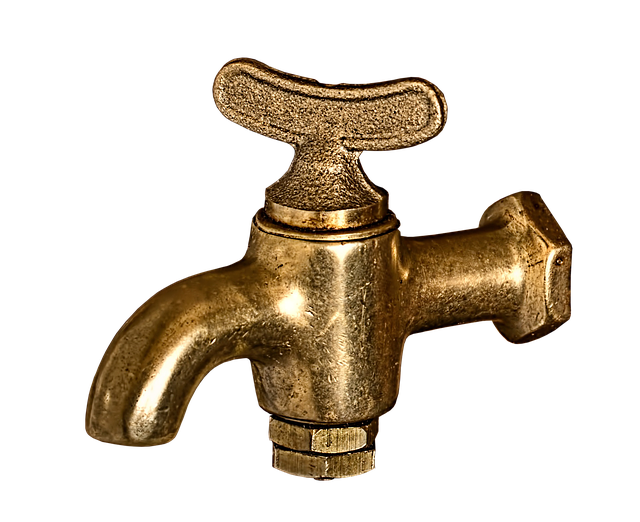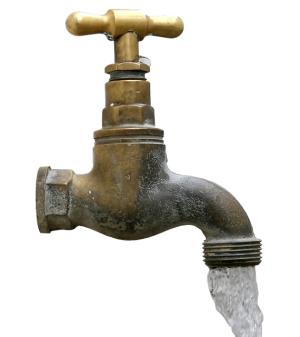Leaky faucets, caused by worn O-rings or loose connections, are addressable through DIY methods involving part replacement and proper reassembly. For complex issues like persistent leaks, cartridge failures, or stem misalignment, professional plumbing services offer specialized repairs and maintenance to prevent costly damage. Regular faucet inspections, prompt part replacements, and water-efficient upgrades contribute to prolonged faucet lifespan and leak prevention.
Is your faucet leaking? Don’t fret! This comprehensive guide provides all the tools, knowledge, and confidence needed to tackle common faucet repair issues. From identifying leak causes to preventing future problems, we cover it all. Learn the types of leaks, what tools to gather, and simple step-by-step instructions for a successful DIY fix. Save time, money, and the planet by repairing rather than replacing. Empower yourself with these expert tips and get ready to turn that leaky faucet into a steady stream once more.
Understanding Common Faucet Leak Causes

Leaky faucets are a common household issue, often arising from several easily identifiable sources. One of the primary culprits is worn-out or damaged O-rings and washers inside the faucet’s mechanism. These components are responsible for sealing the water flow, and over time, they can degenerate due to constant use and exposure to minerals in water, leading to leaks. Another frequent cause is loose connections; the supply lines or fittings might not be securely fastened, allowing water to escape at the joints.
Additionally, outdated or poorly designed faucets may have internal parts that are no longer manufactured, making replacement challenging. In such cases, professional faucet repair or a complete upgrade might be necessary. Understanding these common issues is a significant step in addressing and preventing leaks, ensuring efficient water usage, and potentially saving costs on utility bills.
Gather Tools and Materials for Repair

Before beginning any faucet repair, ensure you have all the necessary tools and materials. A typical kit includes a wrench or pliers for unscrewing parts, replacement O-rings or seals, and sometimes a new faucet aerator. For older faucets, you might need specific adaptors to fit your model. Having these on hand makes the process smoother and more efficient.
When gathering supplies, consider using high-quality parts to ensure longevity in your faucet repair. This could mean purchasing O-rings made from durable rubber or ceramic discs for a more precise water flow control. Remember, proper tools and materials are key to successful faucet repair, minimizing leaks, and saving you time and money in the long run.
Steps to Fix a Leaking Faucet

A leaking faucet can be an annoying household problem, but fixing it is usually a straightforward task. Start by turning off the water supply to the faucet. This is typically done by twisting the shut-off valves located under the sink. Once the water is cut off, disassemble the faucet by unscrewing the handle and spout. Inspect the parts for any damage or debris and clean them thoroughly. Common culprits of leaks are worn-out O-rings or cartridges, so replacing these components can solve the issue.
After cleaning and replacing the necessary parts, reassemble the faucet in reverse order. Make sure all connections are secure. Test the repair by turning on the water supply and checking for any leaks. If the leak persists, consult a professional plumber as there might be underlying issues requiring advanced fixation techniques. Remember, proper maintenance and timely repairs can prevent minor leaks from becoming major, costly problems.
Types of Faucet Leaks and Their Solutions

Faucet leaks can be classified into three main types, each with its own unique causes and solutions. The first type is a cartridge leak, common in older faucets or those with damaged or worn-out cartridges. This occurs when water seeps from the cartridge seal or O-ring. Replacing these parts is a straightforward faucet repair process that can be done by homeowners with basic tools and a bit of patience.
The second type is a stem leak, which happens when water drips from the faucet stem, usually due to damaged or misaligned stems. This requires more specialized knowledge as it involves disassembling the faucet. A third type is a base leak, where water leaks from the faucet’s base, often caused by poor sealing or damage to the mounting components. This usually necessitates replacing the entire faucet, but before doing so, it’s important to identify if the problem is with the base or another part for more targeted faucet repair.
When to Call a Professional Plumber

If you’ve tried basic faucet repair techniques and the leak still persists, it’s time to consider calling a professional plumber. While minor leaks can often be fixed with some DIY skills, more complex issues may require specialized tools and knowledge. A seasoned plumber will be able to identify the root cause of the leak, whether it’s due to faulty parts, corrosion, or misalignment. They can then provide effective solutions tailored to your specific situation, ensuring a lasting fix that prevents further damage and water wastage.
Professional plumbers offer invaluable expertise and experience in faucet repair, especially for older or hard-to-reach fixtures. They can also help with the maintenance and upgrade of your plumbing system, prolonging its lifespan and enhancing water efficiency in your home. So, don’t hesitate to reach out to a licensed plumber when simple repairs turn into more intricate faucet repair challenges.
Preventing Future Faucet Leaks

To prevent future faucet leaks, regular maintenance is key. Start by checking your faucets periodically for any signs of damage or wear, such as loose fittings or chips in the sprayer nozzle. Addressing these issues early can save you from costly repairs and inconvenient leaks down the line.
Consider replacing old or damaged parts with new ones to ensure better sealing and longer lifespan. Additionally, using water-efficient aerators can reduce mineral buildup and prevent clogs, keeping your faucet running smoothly. Regular cleaning of the faucet’s sprayer and tips will also help maintain its functionality, making it less prone to leaks.
